Liquid Coffee Size
Liquid Coffee Market Growth Projections and Opportunities
Many variables are responsible for shaping the Liquid Coffee market and, thus, its dynamics and growth trajectory. The growing need for convenience in coffee drinking is a key driver of this market. For instance, there is liquid coffee which includes ready-to-drink coffees as well as concentrates that are consumed by busy people who want to avoid time-wasting processes of brewing traditional coffee. Like shifting consumer preferences and demands for premium and specialty coffee experiences, these also greatly affect the Liquid Coffee market. As part of evolving coffee culture, consumers have increased their discernment on quality and flavor profiles in their cup. In return, the market provides different kinds of liquid coffees such as cold brews, nitrogen-infused coffee or even flavored concentrates among others. Because of this, users can try various styles and flavors while increasing overall sales within an industry. Technological developments related to packaging and processing have played a significant role in shaping this industry’s future. Advanced packaging solutions like single-serve pods for coffee consumers’ convenience have boosted portability features and lifespan characteristics with regard to liquid coffee products. Consumers will be happy to find out that there exists a wide variety of high-quality liquid coffee products around them due to advancement in technologies during processing stages including cold extraction methods when it comes hard brews hence meeting expectation from picky customers. Liquid Coffee markets have been transformed by the massive rise of e-commerce systems today which has made it possible for people across continents order some liquids through internet while sitting at their homes awaiting delivery right at home doors. Either openly known brands or those developing ones are able to reach out new markets globally thanks to online platforms. Naturally, it increases accessibility thus augments development within the sector since customers can now enjoy diverse tastes associated with liquid coffee beverages The choice range available for consumers has expanded due to wellness trends that impact Liquid Coffee business. All these come about as a result of health-consciousness among buyers who would wish to find the right drinks that they feel are associated with their well-being. For example, some of the liquid coffee products have less sugar and plant-based ingredients and functional ingredient fortified ones. That makes it easier for brands to offer both caffeine solutions as well as drinks that can be a source of vitamins. Availability and costs of coffee beans affect production expenses in the Liquid Coffee market because global coffee production and supply chain dynamics determine its factors. Weather conditions, crop diseases, and geopolitical events in major coffee-producing regions may cause variations in prices of coffee beans. When these changes occur, then they influence how manufacturers set prices as well as profit margins for the liquid coffee market thereby influencing their strategic decisions regarding segmentation. Consumer awareness about sustainable sourcing of coffee beans counts due to its impact on the Liquid Coffee market. Liquid coffees that stress fair trade practices, use environment-friendly packaging materials, or exhibit transparent supply chains will always be preferred by companies whose values align with these aspects have chances that they will create a customer fan base comprised mainly of those who care about the environment. Moreover, competitive strategies pursued by major players in the liquid coffee market also shape the industry structure. Branding, marketing and promotion influences customers’ perceptions and choices they make. Companies that successfully communicate their unique selling propositions for their fluid coffees such as flavor innovations, bean quality and ecological practices have an upper hand within the market. Strategic alliances, collaborations and product launches are other factors that drive consumer demand for liquid coffee. Additionally, customer demographics play a significant role in the Liquid Coffee Market including age groups and regional preferences which affect various aspects of this market. Younger consumers particularly influence trends in the coffee industry with more inclination to new and premium liquid coffees. The types of liquid coffee products which become popular in different countries are also affected by differences in regional tastes and cultural behaviors. It is therefore important for manufacturers to understand these demographic and regional factors as they navigate through a complex changing environment of Liquid Coffee market.
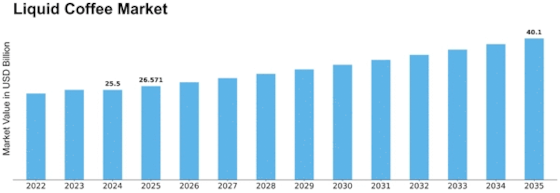

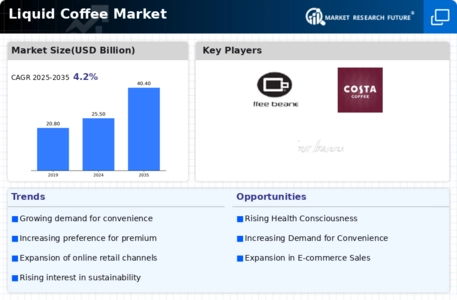
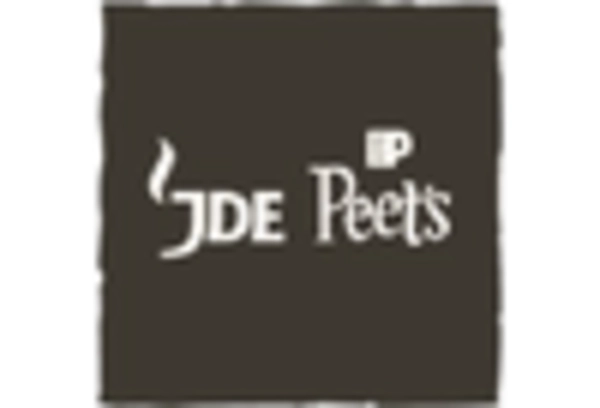
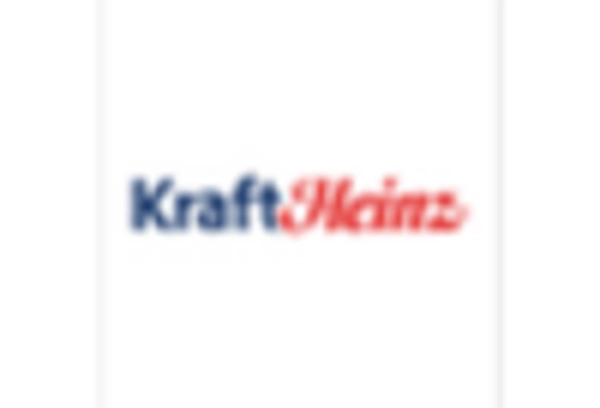
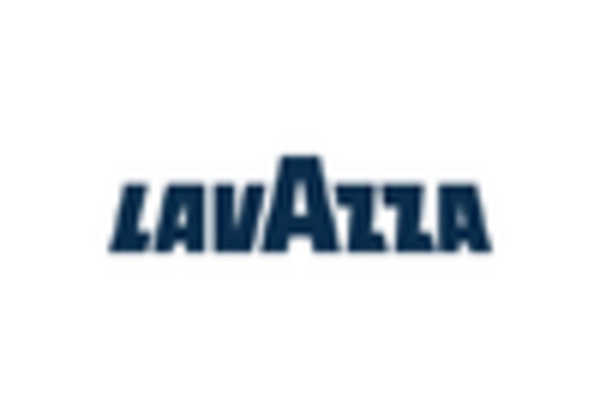
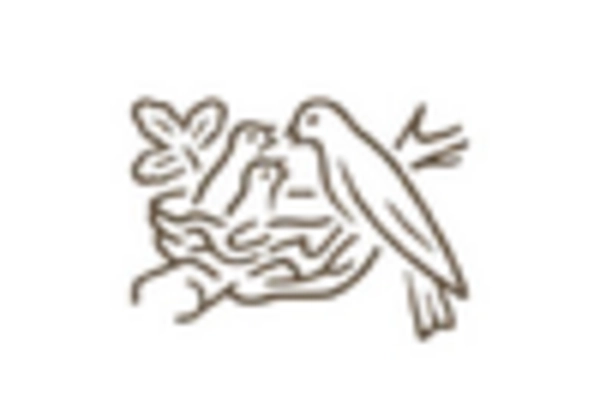

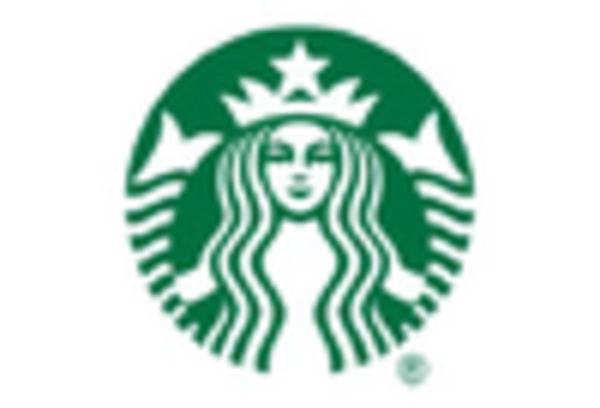









Leave a Comment